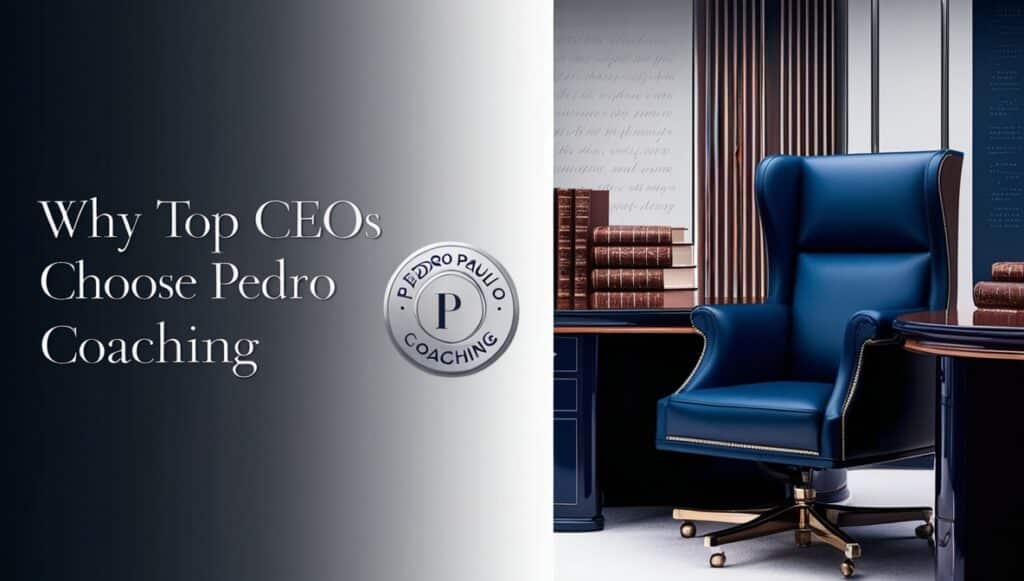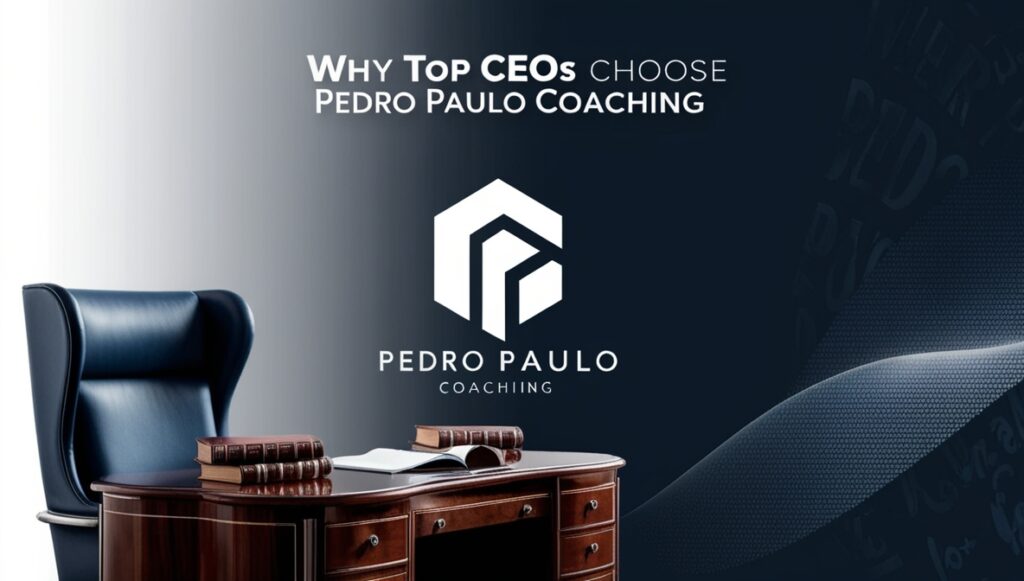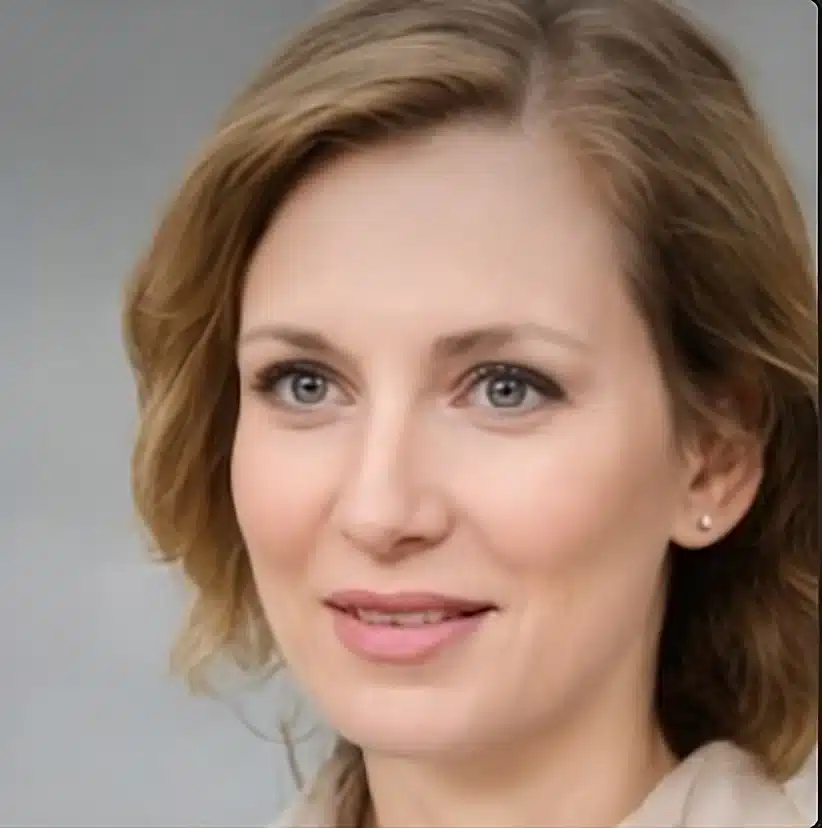The corner office can be the loneliest place in any organization. 73% of CEOs report feeling isolated in their leadership roles. Despite having more resources than ever, today’s executives face unprecedented challenges navigating digital disruption and stakeholder demands. This is precisely why Pedro Paulo coaching has become essential for elite leaders seeking transformation.
His revolutionary executive coaching approach goes beyond conventional methods, creating measurable change that elevates leadership effectiveness and organizational performance. Executives working with Pedro Paulo coaching report 2.5x growth in key performance indicators and 30% productivity improvements – results that demonstrate the strategic advantage of investing in elite leadership development.
The Modern CEO Crisis: Beyond Traditional Leadership Challenges
The Accelerated Decision-Making Dilemma
Today’s business environment moves at breakneck speed. 42% of CEOs say they’re making critical decisions with incomplete information. The pressure is relentless. Information floods executive desks daily. Market data, employee feedback, investor demands, regulatory changes – it never stops. Yet decisions can’t wait for perfect clarity.

Digital transformation has accelerated this challenge exponentially. CEOs must process complex technological implications while maintaining human-centered leadership. The balance feels impossible at times. Stakeholder pressure intensifies the dilemma. Investors want quarterly growth. Employees demand authentic leadership. Customers expect innovation. Boards require risk management. Satisfying all voices simultaneously requires exceptional skill.
Digital Disruption Leadership Gap
86% of executives plan to act on digital transformation initiatives within the next year. However, most lack the leadership skills necessary to guide their organizations through such massive change. Leading hybrid workforces presents unique challenges. Remote team management requires different skills than traditional office leadership.
Emotional intelligence becomes even more critical when reading body language through screens. AI integration discussions dominate boardrooms worldwide. 96% of executives see AI as a growth opportunity, yet only 21% are actively investing in AI capabilities. The gap between vision and execution often stems from leadership uncertainty.
The Authenticity vs. Performance Balance
Modern CEOs walk a tightrope between genuine leadership and performance expectations. Social media scrutinizes every public appearance. Employees expect transparency while investors demand confidence. Personal brand management has become essential. One misstep can damage years of reputation building.
Leadership coaching helps executives navigate this complex landscape authentically. Performance metrics demand constant attention. CEO tenure has dropped 8% in recent years, partly due to increased performance pressure. The margin for error continues shrinking.
Succession Planning and Legacy Pressure
Building sustainable organizations extends beyond current performance. High-potential leaders need development and mentorship. However, CEOs often struggle balancing immediate results with long-term leadership development.
Legacy considerations weigh heavily on executive minds. What will remain after their tenure ends? Organizational culture transformation becomes a priority for leaders thinking beyond quarterly reports.
Pedro Paulo’s Revolutionary Coaching Framework: The IMPACT Method
Insight-Driven Assessment
Pedro Paulo’s coaching begins with comprehensive assessment. His personalized assessment process goes deeper than standard evaluations. It uncovers hidden behavioral patterns and unconscious leadership habits. 360-degree feedback forms the foundation of his approach. Unlike generic feedback tools, Pedro Paulo’s system captures nuanced insights from all stakeholder levels.
Board members, direct reports, peers, and external partners provide input. Behavioral assessments reveal decision-making patterns under pressure. These insights prove invaluable when developing strategic decision-making frameworks for individual leaders.
The assessment phase typically reveals three critical blind spots:
- Communication gaps between intention and perception
- Emotional intelligence deficits in high-stress situations
- Strategic thinking limitations during crisis periods
Mindset Transformation Strategies
Cognitive restructuring forms the core of Pedro Paulo’s leadership development approach. He helps executives rewire thought patterns that limit effectiveness. Self-awareness development comes first. Leaders can’t change what they don’t acknowledge. Pedro Paulo’s techniques help CEOs recognize their trigger points and automatic responses. Self-management skills follow awareness building.
Executives learn practical strategies for maintaining composure during crisis management situations. These aren’t theoretical concepts – they’re battle-tested techniques. Social awareness and relationship management complete the emotional intelligence development process. CEOs learn to read stakeholder emotions accurately and respond appropriately.
Performance Optimization Systems
Customized coaching plans address specific performance gaps. Pedro Paulo doesn’t believe in one-size-fits-all solutions. Each executive receives tailored strategies.
Strategic frameworks simplify complex decision-making processes. The SPADE framework (Setting, People, Alternatives, Decide, Explain) helps leaders structure critical choices systematically. RACI framework (Responsible, Accountable, Consulted, Informed) clarifies role definitions during organizational changes. This reduces confusion and accelerates implementation.
Communication mastery receives special attention. Executives learn to adapt their message for different audiences. Board presentations require different approaches than employee communications.
Accountability and Continuous Growth
Development plans include specific milestones and measurement criteria. Pedro Paulo believes in data-driven analysis to track progress objectively. Performance tracking continues throughout the engagement. Monthly assessments reveal trends and identify areas needing adjustment.
Measurable results form the foundation of accountability. Vague improvements don’t satisfy Pedro Paulo’s standards. He demands quantifiable progress indicators.
Cultural Transformation Leadership
Organizational culture transformation often requires CEO leadership. Pedro Paulo teaches executives how to influence culture systematically. Building high-performance cultures starts at the top. Leaders learn to model desired behaviors consistently. Cultural change accelerates when employees see authentic leadership commitment.
Innovation culture development receives special focus. Balancing innovation with operational stability challenges many leaders. Pedro Paulo’s approach provides practical frameworks for managing this tension.
Time Management and Energy Optimization
Executive presence extends beyond appearance. It includes energy management and strategic focus allocation. Pedro Paulo teaches leaders how to maximize their impact efficiently. Strategic guidance helps CEOs identify their highest-value activities.
Many executives spread themselves too thin across competing priorities. Delegation skills receive thorough development. Effective delegation frees executive capacity for strategic thinking while developing team capabilities.
Quantified Success: Data-Driven Results from Pedro Paulo’s Clients
Financial Performance Improvements
Pedro Paulo coaching delivers measurable financial results. His clients report 2.5x average growth in key performance indicators within 18 months.
Revenue improvements stem from enhanced strategic decision-making capabilities. Leaders make better choices faster when equipped with proper frameworks.
Cost optimization follows naturally from improved stakeholder management. Executives waste less time on unproductive activities and relationships.
Market share gains reflect enhanced competitive positioning. Leadership effectiveness translates directly into market performance advantages.
Organizational Health Metrics
Employee engagement scores improve 30% on average among Pedro Paulo’s clients. Engaged employees drive better business outcomes across all metrics.
Retention rates for key leadership positions increase significantly. Leadership coaching programs create succession depth throughout organizations.
Productivity improvement averages 30% across coached executive teams. Better leadership creates more efficient organizational systems.
Personal Leadership Development Outcomes
360-degree feedback scores improve by an average of 45 points during coaching engagements. This represents substantial leadership capability enhancement.
Stress management success rates exceed 85% among participants. Executives learn sustainable practices for high-pressure environments.
Decision-making accuracy improves measurably. Leaders report 38% higher confidence in their strategic choices.
Case Study Highlights
Technology Company CEO: Led successful AI integration across global operations. Results included 23x improvement in customer acquisition efficiency.
Manufacturing Leader: Guided comprehensive digital transformation while maintaining operational excellence. Achieved 19x profitability improvement over two years.
Property Management Executive: Transformed organizational culture while expanding market presence. Delivered 30% productivity rise company-wide.
The Competitive Differentiators: What Sets Pedro Paulo Apart
Industry-Specific Expertise
Pedro Paulo’s business consultant background spans multiple sectors. He understands unique challenges facing technology companies, manufacturing firms, and service organizations.
His network includes connections at Netflix, Amazon, Uber, and Airbnb. These relationships provide insider insights into best practices and emerging trends.
Global markets volatility and geopolitical instability require specialized knowledge. Pedro Paulo’s international experience proves invaluable for multinational corporations.
Holistic Approach vs. Single-Issue Consulting
Confidential executive coaching addresses both professional and personal leadership dimensions. Pedro Paulo recognizes that personal challenges affect professional performance.
Family considerations receive appropriate attention. Work-life integration becomes sustainable when properly addressed through coaching.
Long-term leadership success requires comprehensive development. Pedro Paulo’s relationships extend beyond single engagements to ongoing partnership.
Customization and Flexibility
CEO-specific methodology adapts to individual leadership styles and organizational contexts. No two coaching programs are identical.
Scalable approaches accommodate different organization sizes. Startup CEOs receive different support than Fortune 500 leaders.
Evidence-based coaching methods ensure consistent quality regardless of customization level.
Continuous Innovation in Coaching Methods
Leadership transformation techniques evolve with changing business landscapes. Pedro Paulo continuously updates his methodologies.
Technology-enhanced coaching platforms provide flexible engagement options. Virtual coaching sessions accommodate global executive schedules.
Regular program updates reflect emerging business trends and challenges.
The Investment ROI: Why Top CEOs View Coaching as Strategic
Cost-Benefit Analysis of Executive Coaching
Typical investment ranges from $50,000 to $200,000 annually for comprehensive executive coaching. Returns significantly exceed initial investments.
Organizational success improvements often justify coaching costs within six months. Enhanced decision-making creates immediate value.
Comparison to other leadership development alternatives reveals coaching’s superior ROI. Traditional training programs rarely deliver comparable results.
Risk Mitigation Through Enhanced Leadership
Leadership failure costs average $2.7 million per incident. Crisis management training helps executives avoid costly mistakes. Improved succession planning reduces leadership transition risks.
Organizational resilience increases when multiple leaders receive development. Enhanced stakeholder relationships reduce regulatory and reputational risks significantly.
The Future of Executive Leadership
Strategic frameworks and emotional intelligence development will become increasingly critical. Business complexity continues growing exponentially. Digital leadership capabilities separate successful executives from struggling ones. Innovation culture development becomes a competitive necessity.

Sustainability and equity considerations add new layers to executive responsibility. Future leaders need coaching support to navigate these challenges effectively. Trust and transparency in leadership will determine organizational success. Authentic leadership becomes a strategic advantage rather than a nice-to-have quality.
Pedro Paulo’s approach prepares executives for these evolving challenges. His coaching strategies create adaptable leaders who thrive in uncertainty.
Frequently Asked Questions
What’s the typical duration and structure of Pedro Paulo’s coaching engagement?
Most engagements last 12-18 months with weekly sessions. Intensive phases may include daily support during critical periods.
How does Pedro Paulo measure and track coaching success?
Performance metrics include quantitative business results and qualitative leadership assessments. Progress tracking occurs monthly with comprehensive reviews quarterly.
What industries and company sizes does Pedro Paulo typically work with?
His client base spans technology, manufacturing, financial services, and retail. Company sizes range from $100M to Fortune 100.
How does Pedro Paulo’s approach address both professional and personal leadership development?
Holistic coaching recognizes that personal challenges impact professional performance. Work-life integration receives appropriate attention without compromising professional focus.
What’s the difference between executive coaching and traditional management consulting?
Consulting typically addresses specific business problems. Leadership coaching develops the person making decisions, creating sustainable improvement capability.
How does Pedro Paulo maintain confidentiality while working with high-profile CEOs?
Strict confidentiality agreements protect client privacy. Confidentiality and trust form the foundation of all coaching relationships.
Choosing Pedro Paulo executive coaching represents a strategic investment in leadership capability. The measurable results speak for themselves. Top CEOs choose Pedro Paulo because he delivers transformation that creates lasting competitive advantage.

